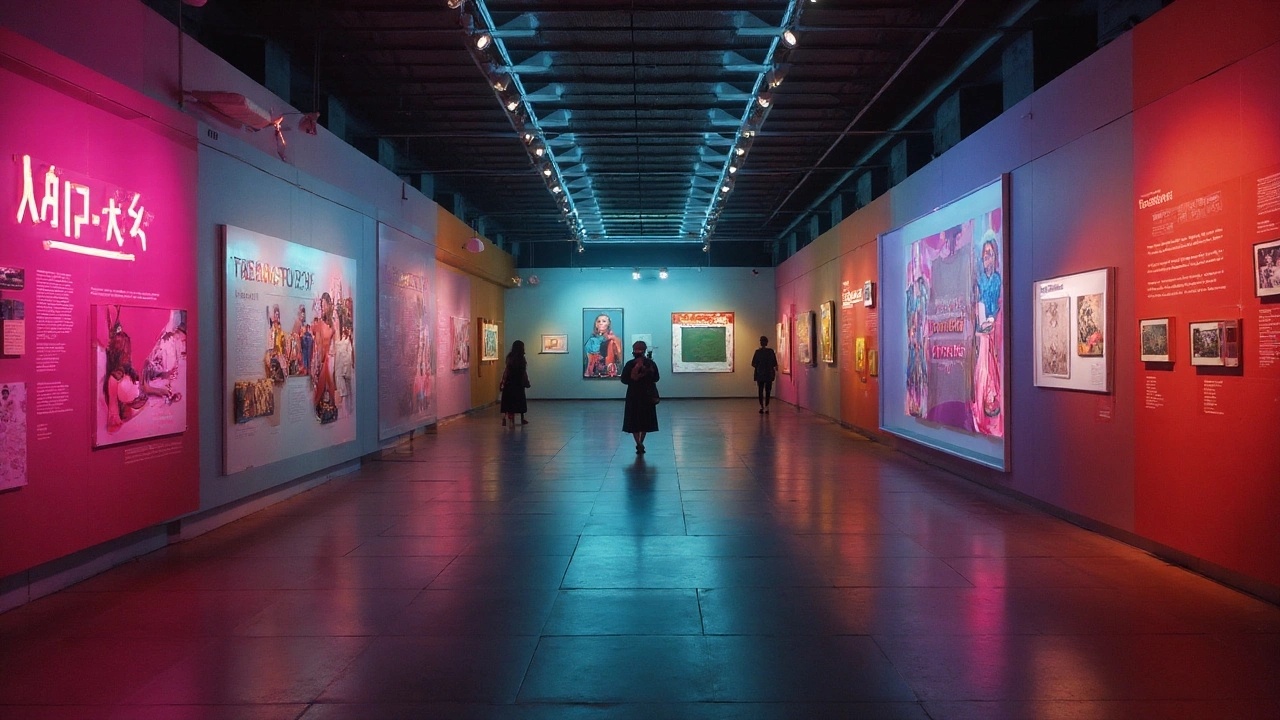Contemporary Art Principles: Your Quick Guide
If you’ve ever walked into a gallery and felt confused by what you saw, you’re not alone. Contemporary art isn’t about perfect technique; it’s about ideas, context, and how the work talks to you. Below you’ll find the biggest ideas that shape today’s art scene and how you can use them whether you’re an artist, collector, or curious visitor.
What Drives Contemporary Art?
First off, contemporary art is rooted in concept. Artists ask questions about society, technology, identity, and the environment, then turn those questions into visual or spatial experiences. The medium doesn’t matter as much as the message – paint, digital media, installations, even trash can all be tools. This freedom lets creators respond instantly to current events, making each piece a snapshot of its time.
Another key principle is participation. Many works invite the audience to touch, move, or even complete the piece. Think of an interactive sculpture where you sit or a digital projection that changes with your smartphone. By breaking the barrier between artist and viewer, contemporary art blurs the line between creator and consumer.
Context also plays a huge role. Where a piece is shown, who funded it, and the cultural conversation around it all shape its meaning. A work displayed in a corporate lobby can feel very different from the same work in a community center. Understanding this context helps you read the piece beyond the surface.
How to Apply These Principles
When you look at a new artwork, ask yourself three quick questions: What idea is the artist exploring? How does the material support that idea? What role do you, the viewer, play? Those questions line up with the three core principles – concept, medium, and participation – and they’ll give you a solid foothold.
If you’re creating your own work, start with the idea before the medium. Sketch a rough concept, then choose a material that amplifies it. Want to comment on digital overload? Try a mixed-media piece that combines printed screenshots with handwritten notes. The mismatch will highlight the tension you’re exploring.
Don’t forget to think about audience. Will people walk by, stop and stare, or need to interact? Design the experience accordingly. Even a simple painted canvas can become interactive if you add an AR layer that viewers can see through their phones.
Finally, stay aware of what’s happening around you. Contemporary art thrives on relevance, so keep an eye on news, social media trends, and local events. Use that fuel to keep your work fresh and connected.
By keeping these principles in mind, you’ll be better equipped to enjoy, discuss, and even create contemporary art. It’s less about guessing the “right” interpretation and more about joining the conversation that artists are starting right now.
